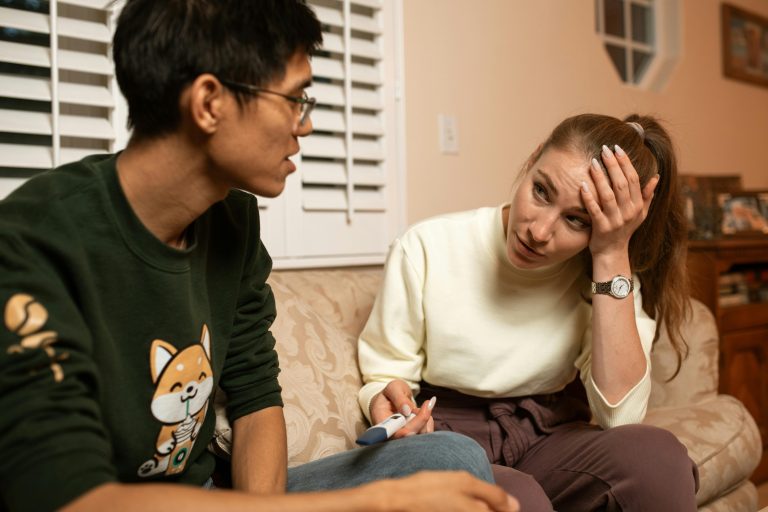What Does “Eating Disorder” Mean?
You may not like your physical appearance when you look in the mirror. You may think you have some “extras” or you may think “I would look better if I lost a few pounds”. Your appetite may not be the same every day, or you may want to eat more at some moments. I have news for you: An eating disorder is much more than all this.
Eating disorders are not loss of appetite or overeating. This disease, which usually occurs with severe unhealthy eating habits and seriously affects the social life, psychological and physical health of the person, can lead to death if not diagnosed and treated.
Contrary to the perception that “eating disorders are only seen in women” in the society, this disease can affect people of all ages, genders and/or races and all weights to the same extent. Although it usually occurs during adolescence or early adulthood, it is not limited to this period. Eating disorders are often related to eating, weight, body image, or concerns about certain foods. People suffering from this condition may resort to behaviors such as restrictive eating, excessive exercise, laxatives, or self-vomiting in order not to gain weight or look “perfect”. Although the person tries to prevent these behaviors, getting rid of this situation is not as easy as it seems.
While there are many disorders associated with disordered eating behavior, the three most common types are Anorexia Nervosa, Bulimia Nervosa, and Binge Eating Disorder.
1) Anorexia Nervosa
Anorexia Nervosa (AN) is a psychological and physiological disease defined as self-starving and weight loss efforts, excessive fear associated with weight gain and obesity, and behaviors that will prevent weight gain, resulting in low weight inappropriately for one’s own development level. The Body Mass Index (BMI), calculated according to the weight/height ratio, is below 18.5 in people with anorexia. But someone who still appears to be at a “healthy” weight may suffer from AN. People with AN go on a diet for fear of gaining weight or becoming fat. Although people with anorexia say that they have no problems with their weight, their behavior is quite the opposite. For example, they may only eat very low-calorie foods or make themselves throw up after eating.
2) Bulimia Nervosa
Bulimia nervosa (BN) is defined as consuming a large amount of food (for example, 4 plates of pasta) in a short time that a normal person cannot eat and then making oneself throw up, using laxatives, exercising excessively, fasting to compensate for this overeating. People cannot control what they eat in the binge-eating part, and they feel shame and embarrassment. As with other types of eating disorders, people have unrealistic thoughts about their body image.
3) Binge Eating Disorder
People with binge eating disorder lose control over a very short period of time, as in the binge-eating episode in bulimia nervosa, and eat much more than they normally should. What distinguishes this disease from others is that people do not engage in any behavior to compensate for this overeating. When this binge-eating behavior becomes chronic, it can cause many medical diseases such as diabetes, obesity, and hypertension.
Although it is a challenging and long process, it is not impossible to get rid of an eating disorder. If you are experiencing similar symptoms in yourself or someone close to you, please consult a mental health professional.
If you think that you can benefit from professional support on this issue you can reach out here.
Ezgi Nur Budak has a bachelor’s degree in psychology and is an intern at Willingness who keen on health related concepts.
References
American Psychiatric Association. (2013). Diagnostic and statistical manual of mental disorders (5th ed.)
Guarda, M.D., A. (2021). What Are Eating Disorders?. Psychiatry.org. Retrieved 22 July 2021, from https://www.psychiatry.org/patients-families/eating-disorders/what-are-eating-disorders.
Rittenhouse, MS, LPC, NCC, M. (2018). What is an Eating Disorder: Types, Symptoms, Risks, and Causes. Eating Disorder Hope. Retrieved 22 July 2021, from https://www.eatingdisorderhope.com/information/eating-disorder.







